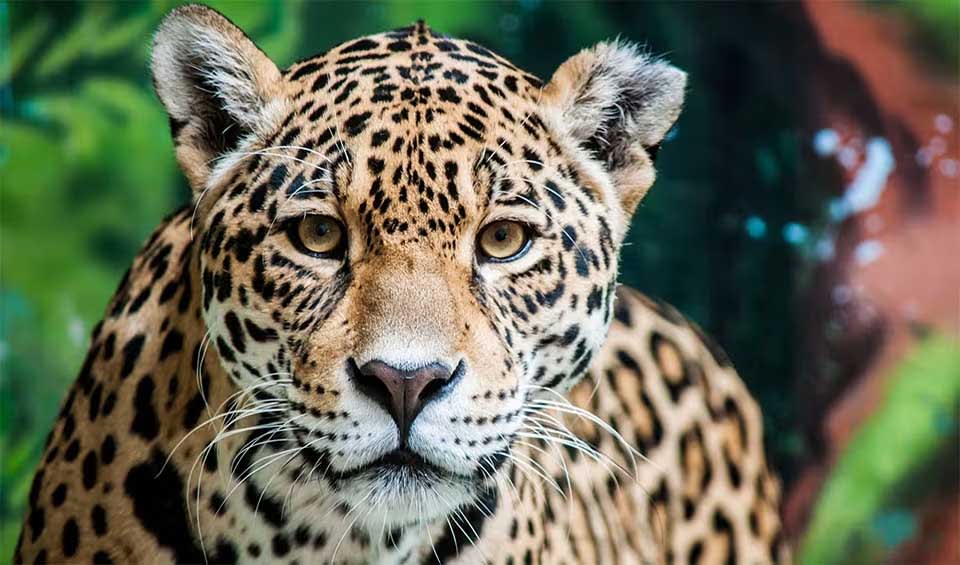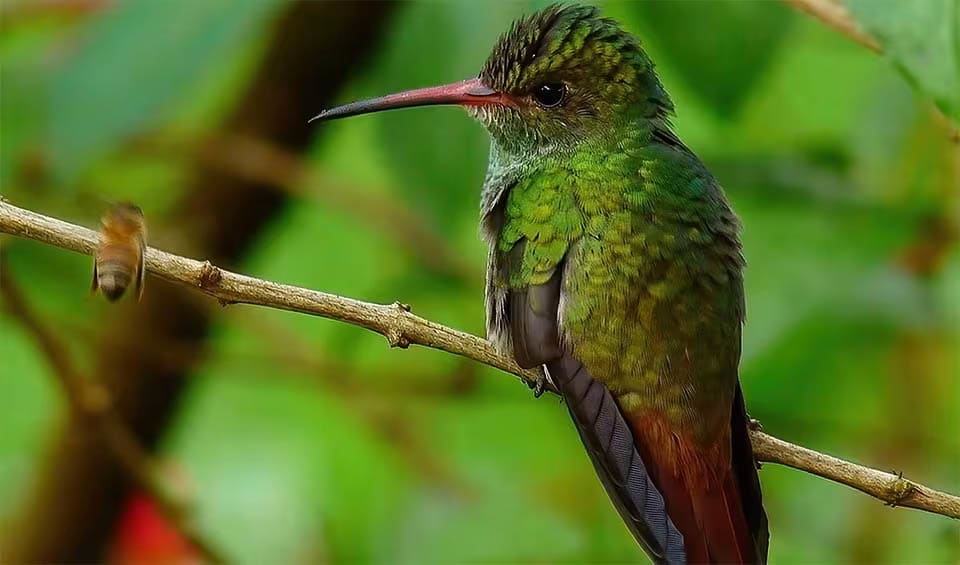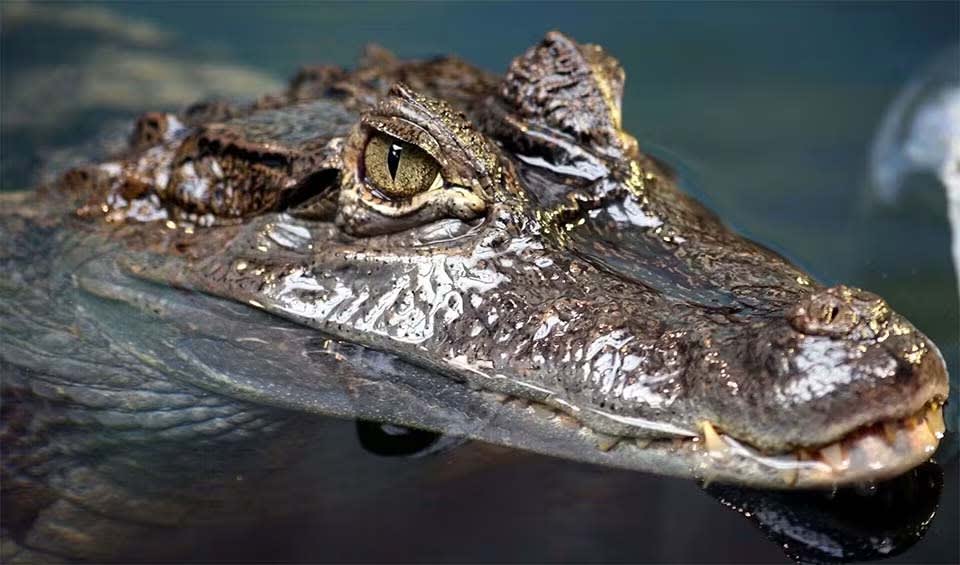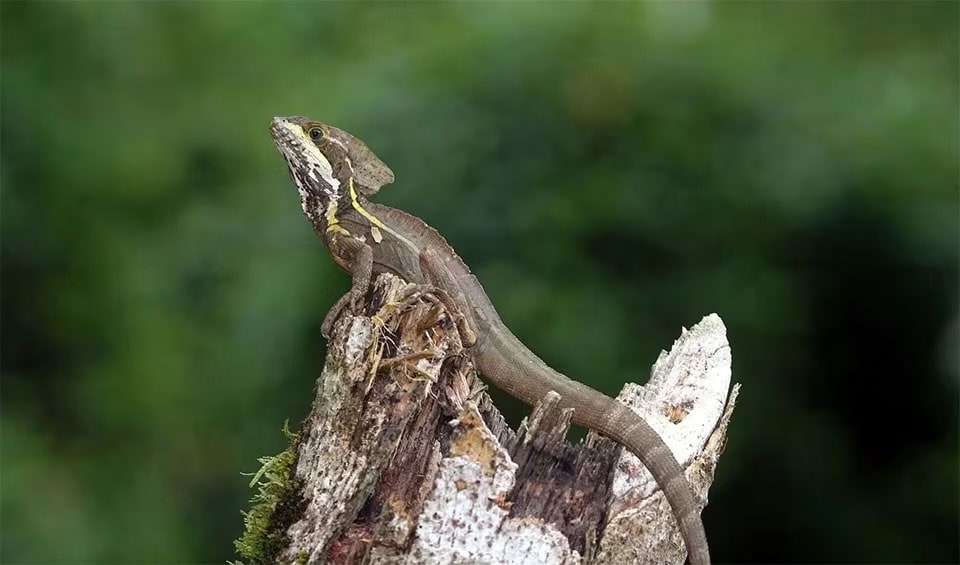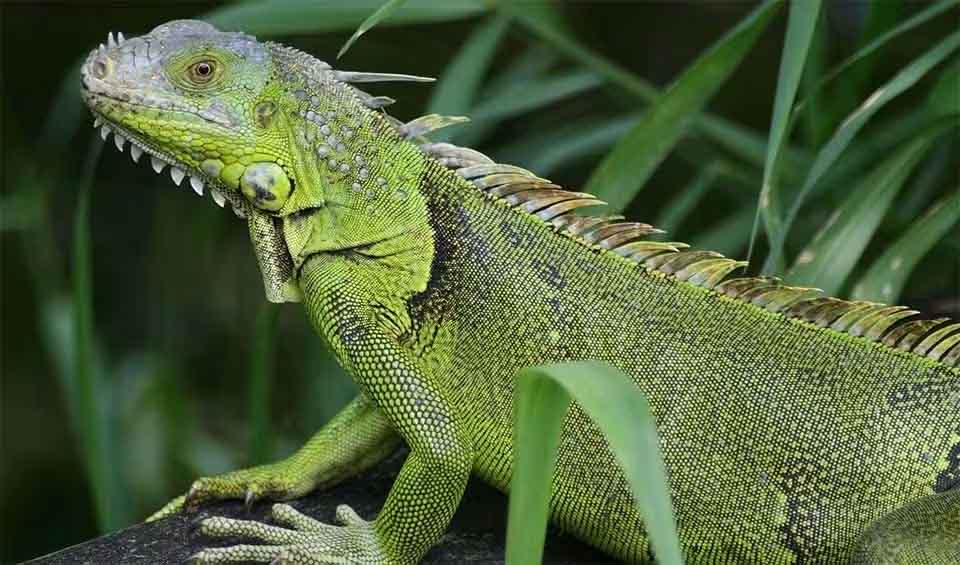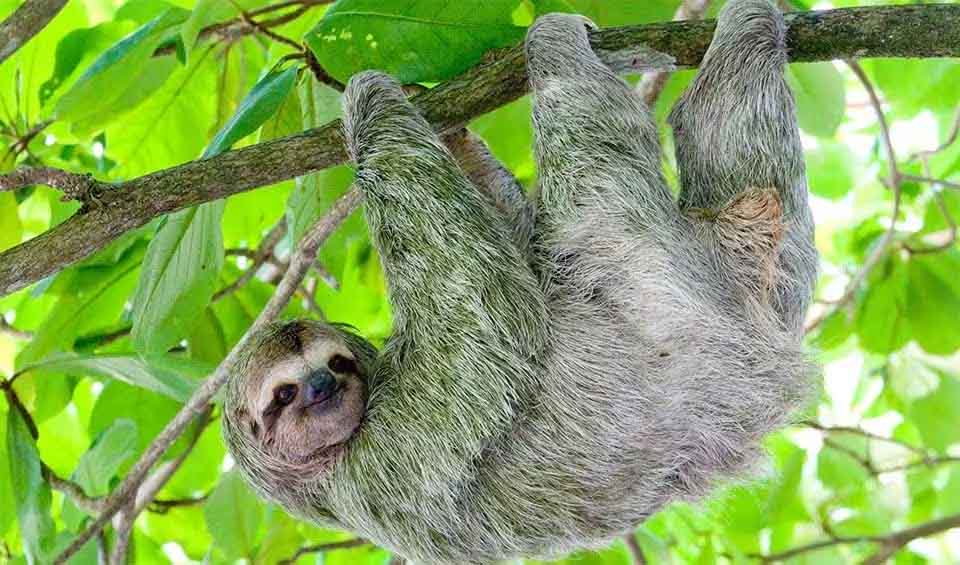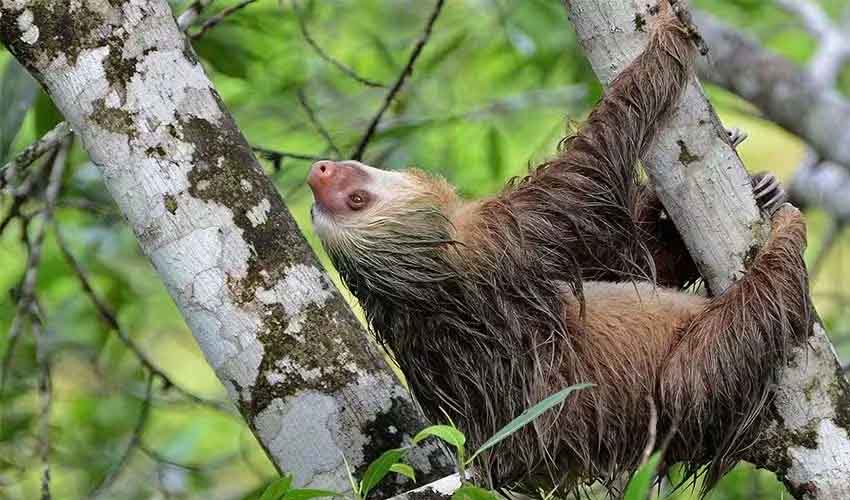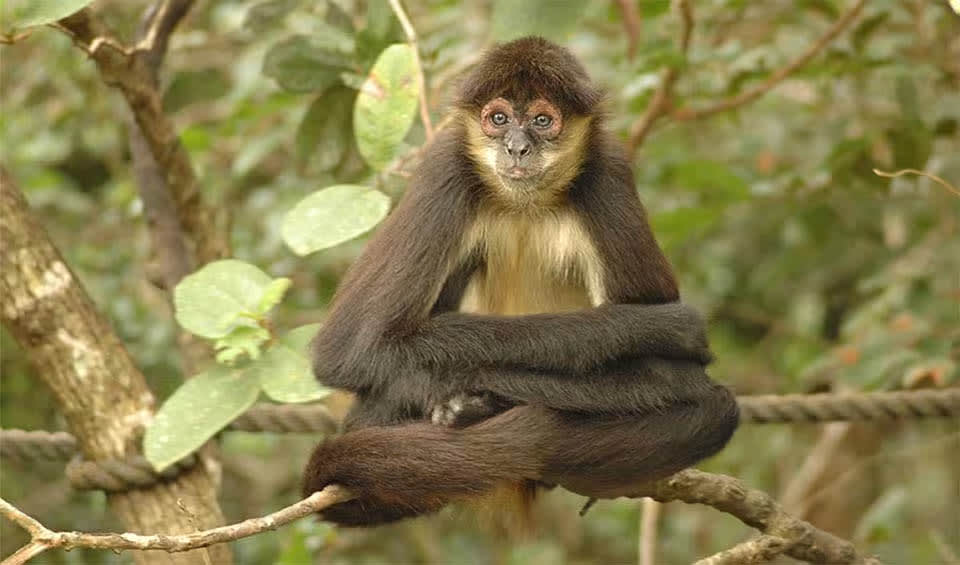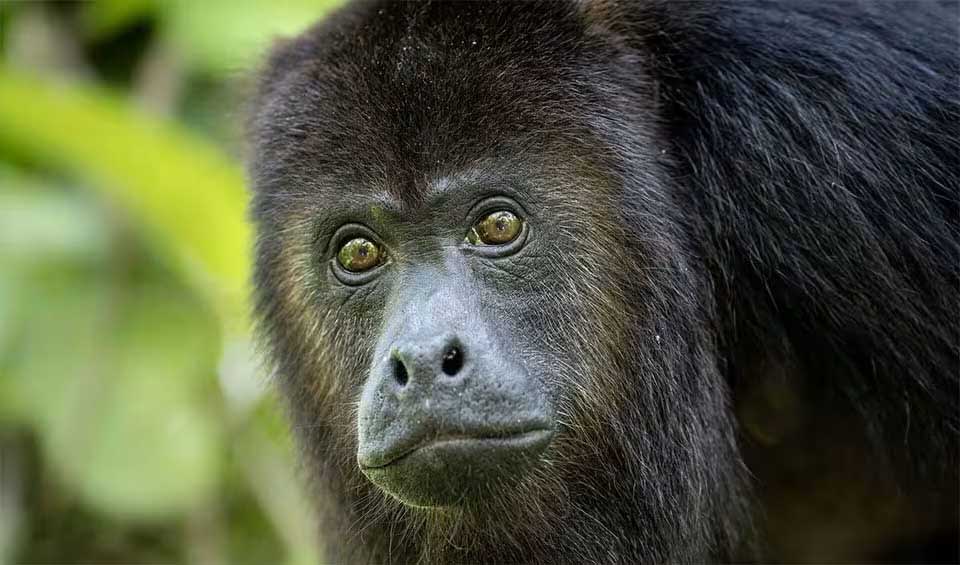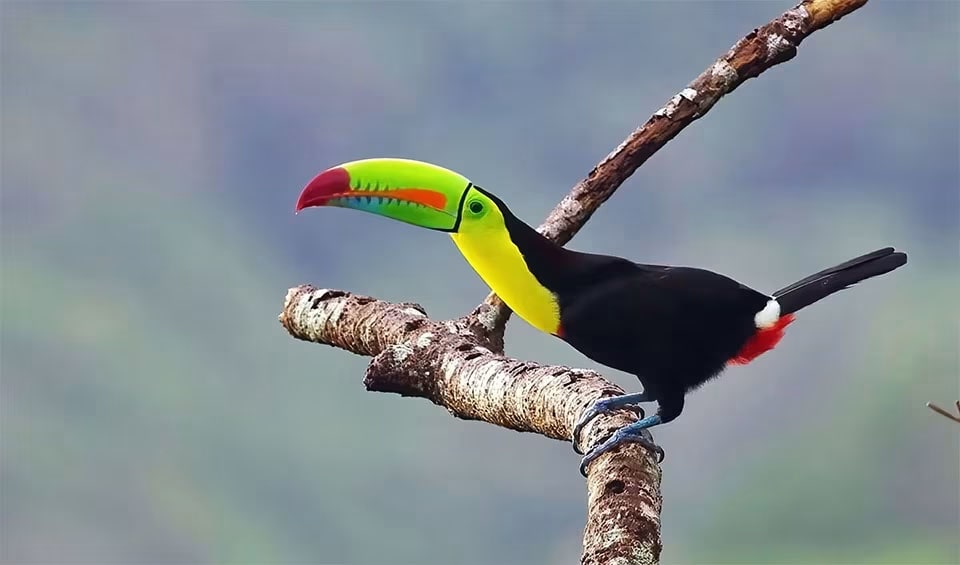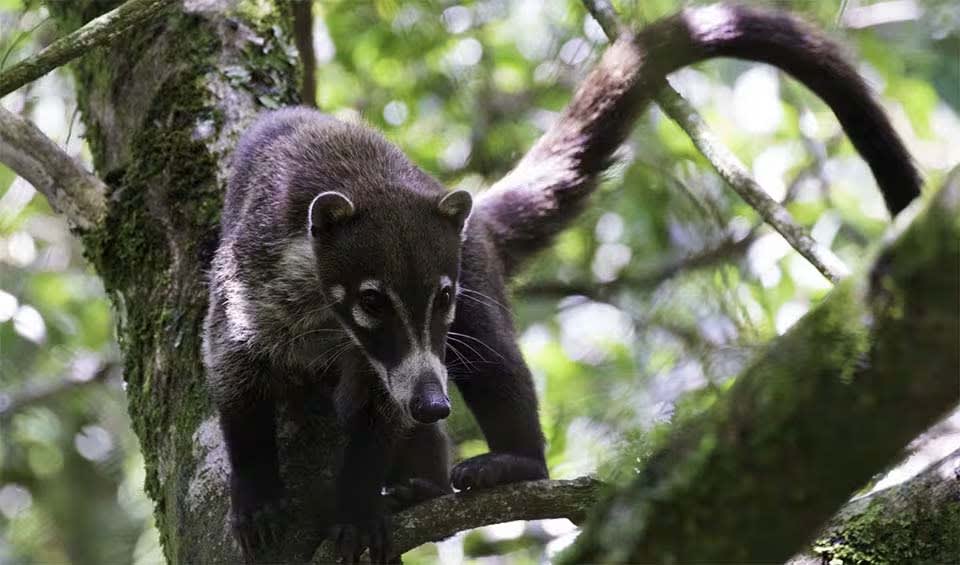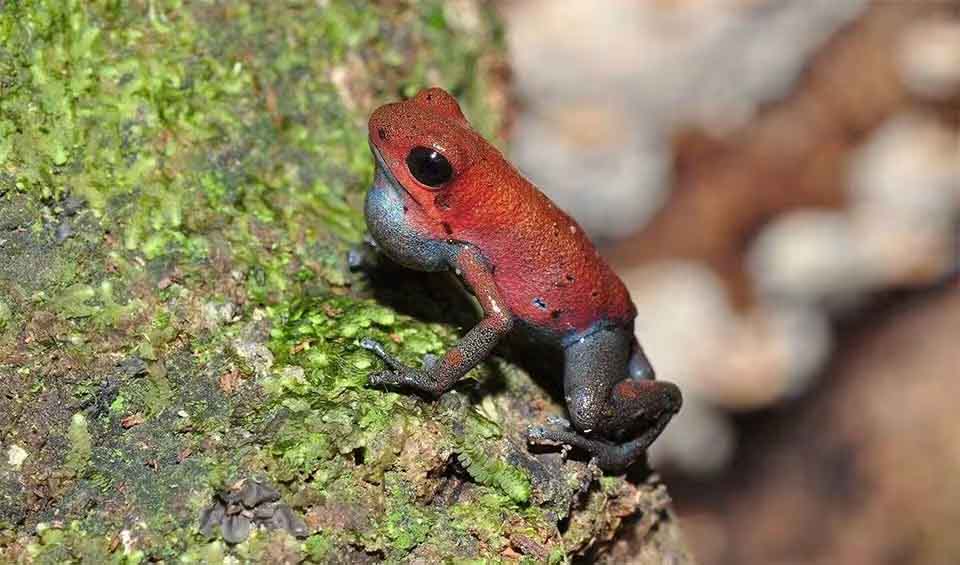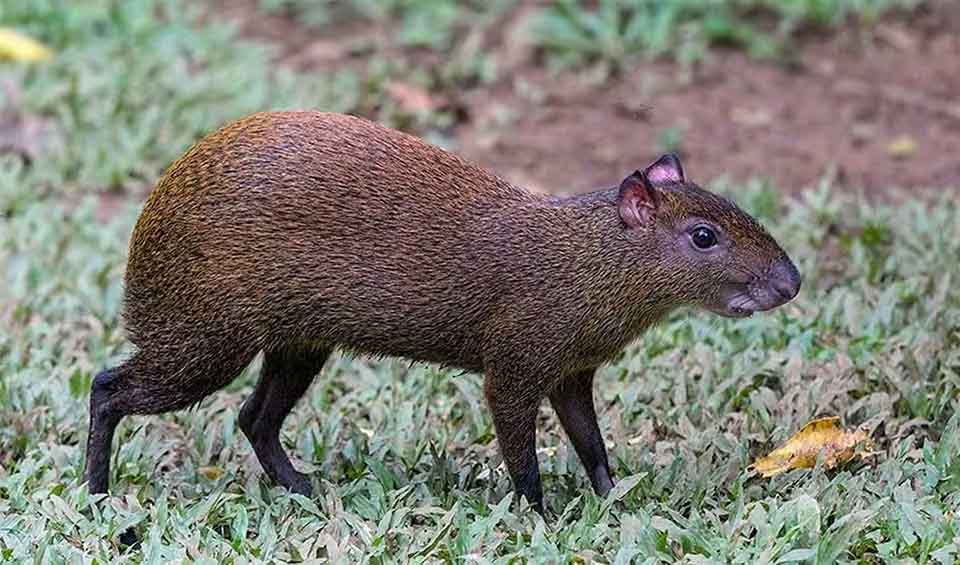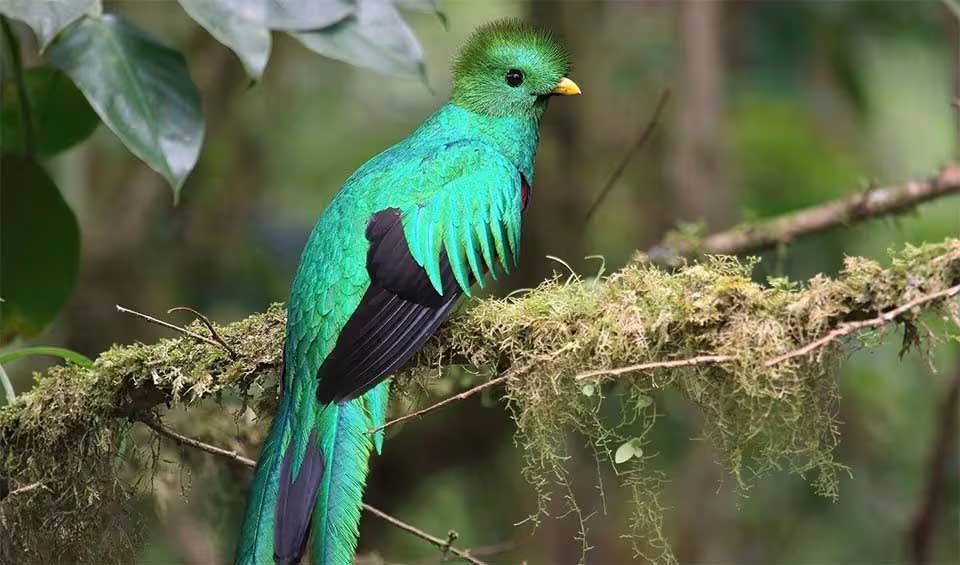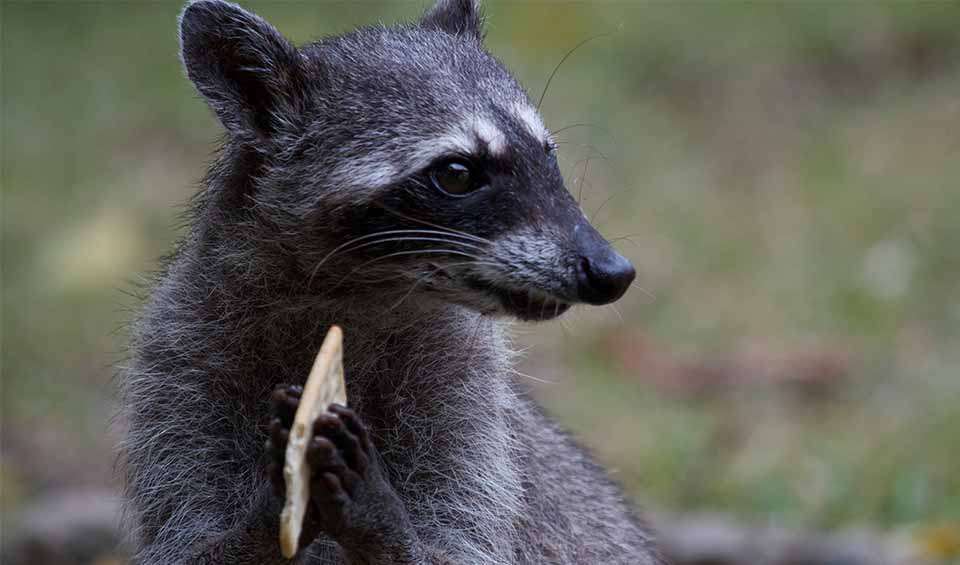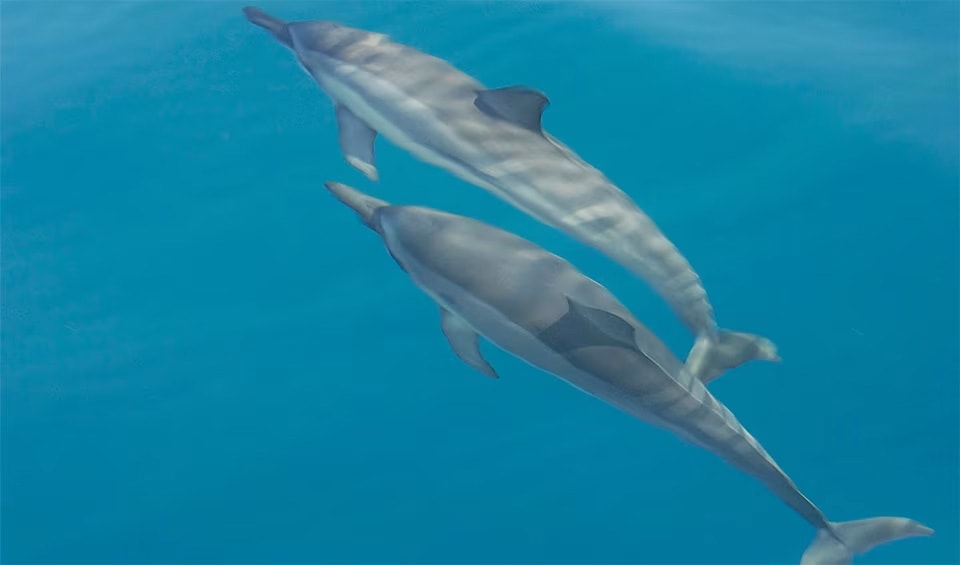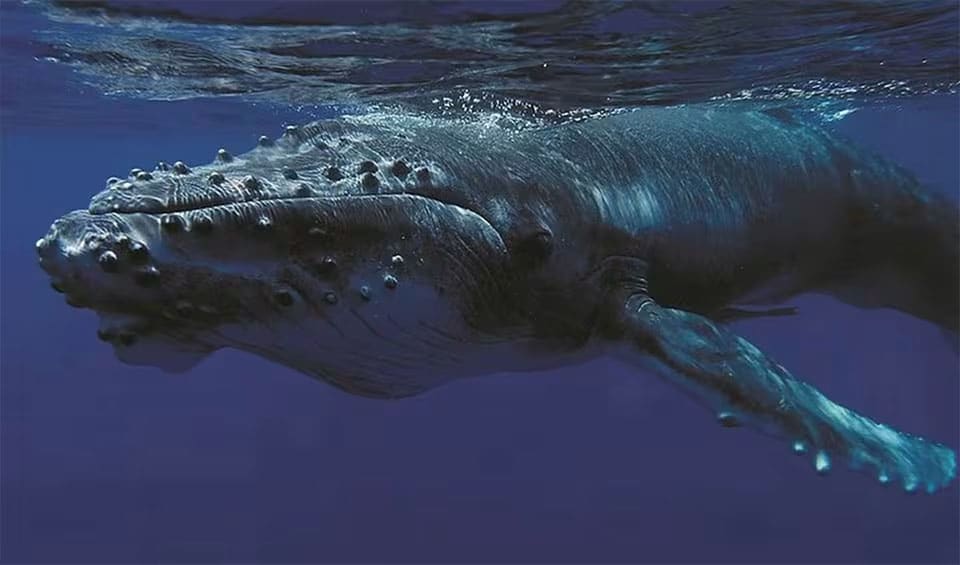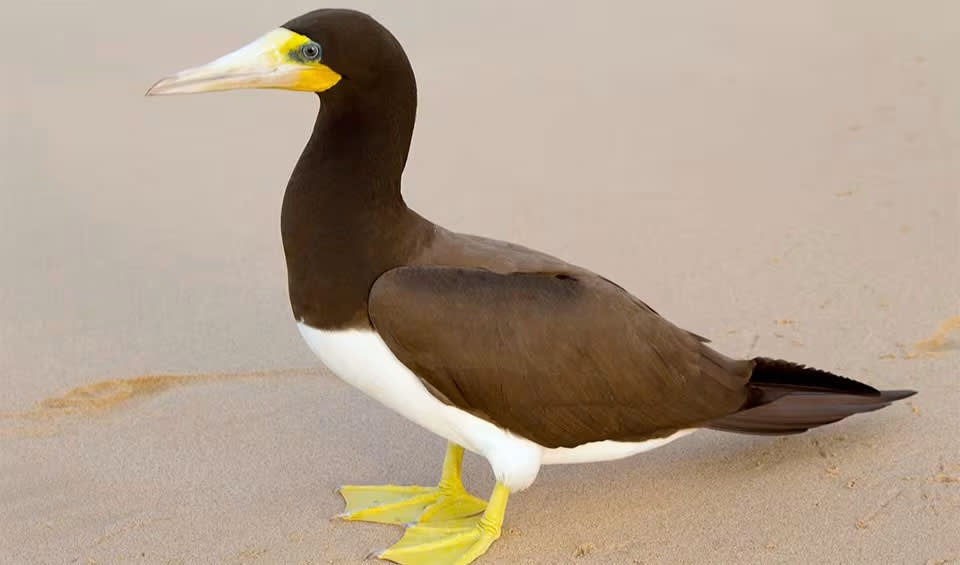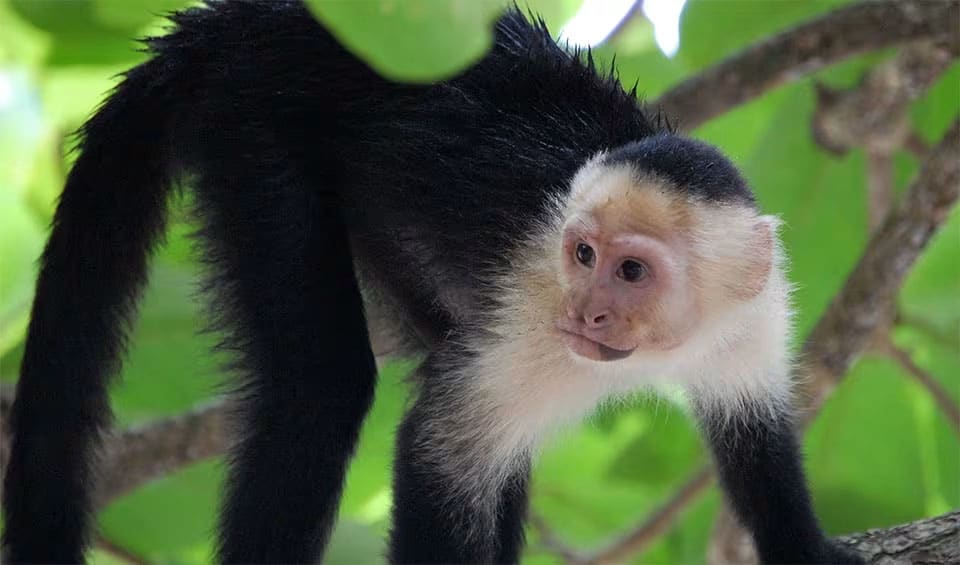My Costa Rica trip – 18 days in Aug 2022
11-12/8 :San Hose – Poás Volcano National Park – La Paz Waterfall Gardens
13-15/8: Tortuguero
16-18/8: Arenal – La Fortuna Waterfall
19-20/8: Monteverde cloud forest
21-24/8: Tamarindo
25-27/8: Manuel Antonio
Tour was organized by Lior Esh – Lands in love: schedule, hotels, transportation, guides etc, helping us to make the best out of Costa Rica!
Jaguar
This solitary cat is America’s largest feline and the world’s third, after the tiger and the lion
Ideally, I’d list only animals observed in the wild, but I will make an exception here. On La Paz Waterfall Gardens Nature Park wildlife shelter, 1 hour of capital San hose, are three jaguars, freed from prison. A magnificent beast that should be protected better. Most guides in Costa Rica haven’t encountered a jaguar in the wild themselves.
MoreMargay
These wild cats are cute, intelligent, agile, and well-adapted to inhabiting tropical and subtropical forests
Also there, we’ve had the pleasure of seeing a margay. It is an animal shelter; hence animals aren’t bred there for commercial reasons. I hate these “make-money-from-wildlife” so-called shelters.
MoreRufous-tailed hummingbird
Like many of us, this bird loves coffee and feeds on its flowers
The most common of 53 (!) hummingbird species in Costa Rica, these little shiny gems can be seen everywhere.
Spectacled caiman
You might get the worst scare of your life if you see the crimson glow in the eyes of these creatures at night
Tortuguero: On a boat ride, on the way to our hotel, we got to see the two species of crocs of Costa Rica. The smaller (and greener) is the spectacled caiman.
American alligator
A conservation success story, this species was brought back from the brink of extinction
Bigger and colored grey are American alligators. Huge ones can be seen on Tárcoles, where we took a short tour to see them. Being territorial, each alligator we saw has a name. Extremely touristic, canny jokes, but we liked it anyway.
MoreCommon basilisk
Also called the Jesus Christ lizard because of its ability to walk on water
Boat-safaring, we’ve seen many of these unique lizards.
Green iguana
From the US down to Brazil, this trans-American lizard is the most common iguana
We also met our first green iguanas there and saw them later in every place we visited. They don’t let humans interrupt them.
Black wood turtle
The largest of all wood turtles
My daughter spotted this fresh water turtle.
Green sea turtle
Largest hard-shelled sea turtle on earth
We took a popular tour at night to see a female green turtle coming out of the water, laying eggs, and returning to the sea. It was a bit rough but suitable for hard-core animal lovers. Feels prehistoric in a way, not sure why…
MoreBrown-throated sloth
Cute but lazy species harmlessly sleep in the trees for 14 to 16 hours a day
Our first sloth! Commonly known just as the three-toed sloth is more popular than the two-toed sloth. Distnguished by its raccoon-like band around the eyes.
Hoffmann’s two-toed sloth
Can camouflage itself in trees with the help of algae growth on fur
Afternoon that day, we met the other sloth species of Costa Riza, the larger and more elusive two-toed sloth
Geoffroys spider monkey
Hooks for hands…
Our first monkey! Living in small groups on trees.
Mantled howler
One of the loudest monkeys in the world!
Another day, another jungle water-safari. Our second monkey species: the howler monkey. You hear before you see it. It’s a bit creepy experience in the jungle.
Keel-billed toucan
The national bird of Belize, this majestic bird will make your head turn
Collared aracari
An attractive small toucan found in Mexico, Central, and South America
… and its smaller cousin (same family, different genus) – the rather common collared aracari.
Yellow-throated toucan
Formerly known as Yellow fronted toucan; formerly-formerly known as Chestnut-mandibled toucan
Another toucan species! I can take pictures of these birds forever.
White-nosed coati
Helps balsa trees to pollinate while they provide an essential resource of nutrition and hydration in return when the resources are scarce
Monteverde: We saw our first carnivore in the wild: the coati. It is relatively common, also around rural areas and around hotels and parks.
Northern olingo
One of the most effective seed-dispersing mammals
On a night wildlife tour, we were lucky to see in the span of 5 minutes the olingo…
Strawberry poison dart frog
Don’t mistake this creature for a juicy strawberry, as this is the most toxic member of its genus
This frog is widespread all around. It is tiny! Size of a SMALL leaf.
Central American agouti
This widespread cute-looking creature is also known as the ‘gardener of the forest’
We got to see this capibara-like rodent in other places, rural areas, and the wild.
Resplendent quetzal
This beauty, also known as the “God of the air”, is the national bird of Guatemala and its official currency!
The most exciting encounter we had may be this magnificent bird of the cloud forests that is becoming increasingly rare and hard to see.
Crab-eating raccoon
Despite the common name, they do not feed on crabs exclusively
Tamarindo: a small town on the pacific shore, is where we saw a family of these raccoons. Our local guide said he wouldn’t be surprised if raccoons would someday rule the world. We’ll see about that. We saw then inside of the hotel’s restaurant…
MoreSpinner dolphin
Acrobats of the ocean can spin up to seven times in the air
A pod was escorting us.
Humpback whale
Whaling reduced the population by more than 95% before the moratorium on commercial whaling in 1985
Katamaran cruise, food and booze… this giant whale jumped some 100 meters from us. Two days later, we went on a whale-watching tour, in which we saw a mother and a calf, but no jumps.
MoreOlive ridley sea turtle
The most abundant turtle in the entire world
Coming up for air, we’ve seen tens of couples of these sea turtles performing some oceanic romantics.
Fiery-billed aracari
Vulnerable to threats as it has a very limited and narrowing range from Costa Rica to Panama
Our fourth toucan species. We saw it later too.
Scarlet macaw
One of the most colorful birds — effortlessly falls in love
Few pairs of these beauties were flying around. We saw them on Manuel Antonio too.
White ibis
Very good at detecting storms, often the last to leave and first to arrive before and after a hurricane
Brown booby
An impressively acrobatic bird that can catch flying fish mid-jump
Escorting us o the boat trip and pooing directly on one of the passenger’s head! Not cool.
White-faced capuchin
One of Central America’s famous monkeys can easily live up to 50 years
Manual Antonio, our final destination. In poker, you call it a “full house”! We saw a group of 5 of the last of the three monkey species of Costa Rica. Going back home!
